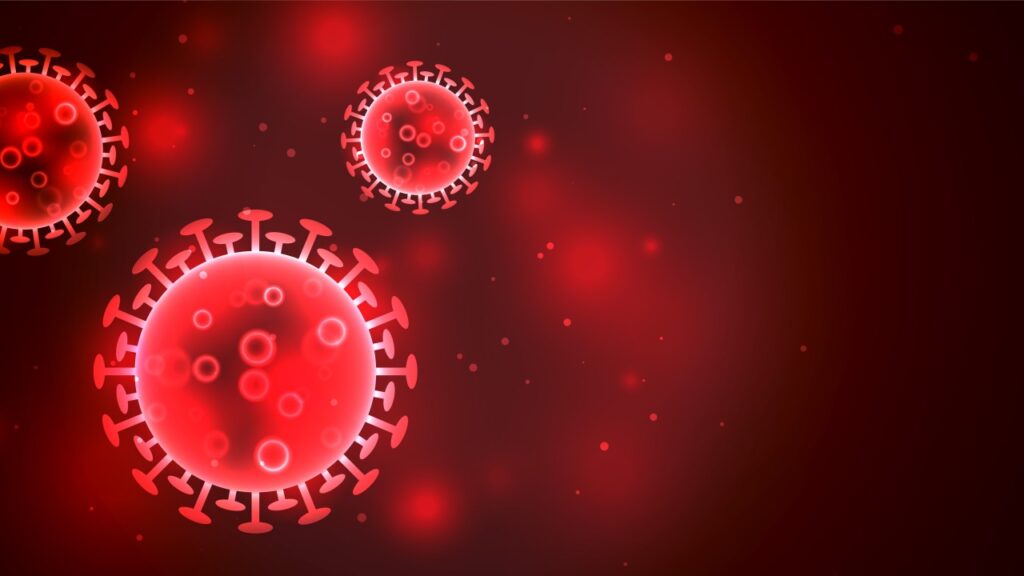Naegleria fowleri, also known as brain-eating amoeba, is a thermophilic and ubiquitous free-living protozoan parasite.

Habitat
● This organism is most active in environments with temperatures higher than 30 °C.
● It can survive in temperatures up to 45 °C.
● It is commonly found in both natural and man-made water sources, such as hot springs, soil, ponds, rivers, freshwater lakes, drinking water distribution systems, untreated or unchlorinated swimming pools, fountains, hospitals, thermal water sources, untreated drinking water, and other water-related facilities.
RISK FACTORS
● Swimming
● Diving
● Waterskiing
● Surfing
● Exposure to hot springs.
● Use of tap water for nasal irrigation
● Jumping into water without a nose cover.
SIGNS AND SYMPTOMS
Generally present within 2 to 8 days of infectivity; however, some have been reported within 24 hrs. And the symptoms include,
● Severe headache
● Fever
● Chills
● Positive Brudzinski sign and Kernig sign
● Photophobia
● Confusion
● Cardiac rhythm abnormalities
● Myocardial necrosis

COMPLICATIONS OF PRIMARY AMOEBIC MENINGOENCEPHALITIS (PAM)
● Hallucinations
● Seizures
● Comma
● Death
EPIDIOMOLOGY
● Except in Antarctica, it is widely found on nearly every continent.
● A recent study revealed that about 39 countries have reported cases of N. fowleri infections.
● The United States, Mexico, India, Australia, Pakistan, and the Czech Republic have been most affected due to their warm climates and access to contaminated water sources.
● The mortality rate of PAM is 98%.
PATHOPHYSIOLOGY OF PRIMARY AMOEBIC MENINGOENCEPHALITIS

- Inactive Cyst: Under harsh conditions, the amoeba metabolically changes into a highly resistant inactive cyst (Upto 4◦C)
- Transitory flagellate: Under non-nutritive conditions but is in a watery environment, it transforms into a transitory flagellate. N. fowleri flagellates thrive in temperatures ranging from 27–37 ◦C.
- N. fowleri Trophozoites: Under suitable conditions, the amoeba exists as a reproductive trophozoite.This brain-eating amoeba enters the nervous system when water containing N. fowleri trophozoites first enters the olfactory mucosa and then crosses the cribriform plates, eventually reaching the olfactory bulb, where it causes a severe inflammatory reaction and widespread tissue death associated with PAM.

DIAGNOSIS
● CT
● MRI
● Cerebrospinal Fluid (CSF)
● Intracranial Pressure (ICP) and CSF Pressure
PREVENTION
According to the World Health Organization (WHO), vaccination is the best and most effective way to prevent disease, and other measures include,
● Avoid jumping or diving into stagnant freshwater.
● When diving or swimming in freshwater, consider using nose plugs if you cannot avoid getting water in your nose, or pinch your nose shut.
● While swimming in freshwater, hot springs, or other untreated thermal water sources, always try to keep your head above water.
● Avoid stirring up the sediment while engaging in water-related activities.
● Use boiled, filtered, or sterile water for nasal or sinus irrigation instead of tap water.
● Since N. fowleri is sensitive to chlorine and is killed at a concentration of one part per million, chlorinating pools and water parks is strongly recommended to prevent primary amebic meningoencephalitis (PAM).
ONGOING CLINICAL TRIALS
Due to the rarity of N. fowleri infections in humans, till date no clinical trials prove the efficacy of treatment regimen over another.
REFERENCE
1. Güémez A, García E. Primary amoebic meningoencephalitis by Naegleria fowleri: pathogenesis and treatments. Biomolecules. 2021 Sep 6;11(9):1320.
2. Grace E, Asbill S, Virga K. Naegleria fowleri: pathogenesis, diagnosis, and treatment options. Antimicrobial agents and chemotherapy. 2015 Nov;59(11):6677-81.
3. Siddiqui R, Khan NA. Primary amoebic meningoencephalitis caused by Naegleria fowleri: an old enemy presenting new challenges. PLoS neglected tropical diseases. 2014 Aug 14;8(8):e3017.
4. Zhang T. Review of the diagnosis, pathophysiology, and treatment of Naegleria fowleri-induced Primary Amoebic Meningoencephalitis.
5. Sriram N, Chandra AS. Brain-Eating Amoeba: A Comprehensive Review of Naegleria fowleri Infections and Primary Amoebic Meningoencephalitis. Scientific Hub of Applied Research in Emerging Medical science & technology. 2024 Sep 2;3(5):1-6.
6. https://www.sciencedirect.com/topics/immunology-and-microbiology/naegleria-fowleri









